On LoC tour, diplomats briefed about Indian aggression
DG ISPR says India using cluster ammunition against civilian population
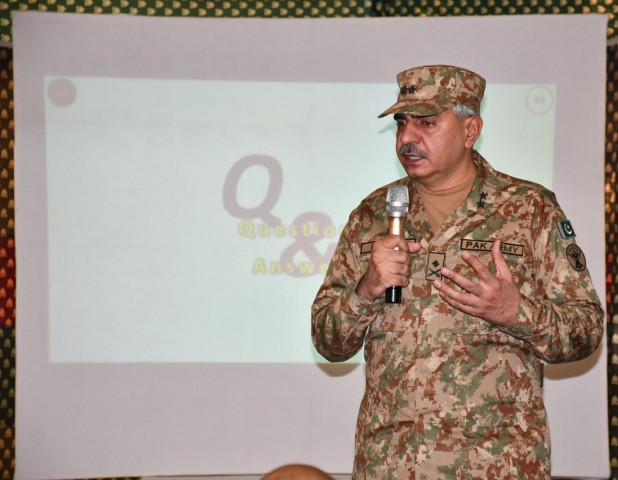
A delegation of ambassadors, diplomats, defence attaches and representatives of various countries and international organisations visited the Line of Control (LoC) in Jura Sector of Azad Jammu and Kashmir (AJK) on Thursday.
During the visit, Inter-Services Public Relations (ISPR) Director General Major General Babar Iftikhar briefed the delegation about the latest situation along the LoC. Members of the delegation also met victims of Indian LoC ceasefire violations.
The ISPR chief informed the diplomats that there had been an increase in ceasefire violations since 2014. “India is violating human rights in occupied Kashmir,” he said. “It is committing provocations and deliberately targeting civilian population with heavy weapons to divert attention from its oppression of minorities,” he added.
Maj Gen Iftikhar further stated that on July 30 and 31, the Indian forces used cluster ammunition, targeting the civilian population of Neelam Valley. Fragments of the used ammunition were also shown to the diplomats. “Use of cluster ammunition is prohibited under international law,” he said.
1600944743-0/WhatsApp-Image-2020-09-24-at-3-10-47-PM-(1)1600944743-0.jpeg)
The head of the military’s media wing reiterated that the Indian army was using cluster bombs on children and innocent civilians and has carried out 2,333 violations along the LoC this year, whereas the Pakistan army only targeted the Indian army’s checkposts.
“Pakistan Army’s behaviour is proof that it’s a professional force,” he said. He called for the resolution of the Kashmir issue in accordance with UN resolutions, stressing that the entire region was at risk due to the situation in Kashmir.
He also said that Pakistan had always welcomed the United Nations Military Observer Group (Unmogip), international media and foreign diplomats to visit the LoC, and had given them access to the local population to assess the situation on the ground.
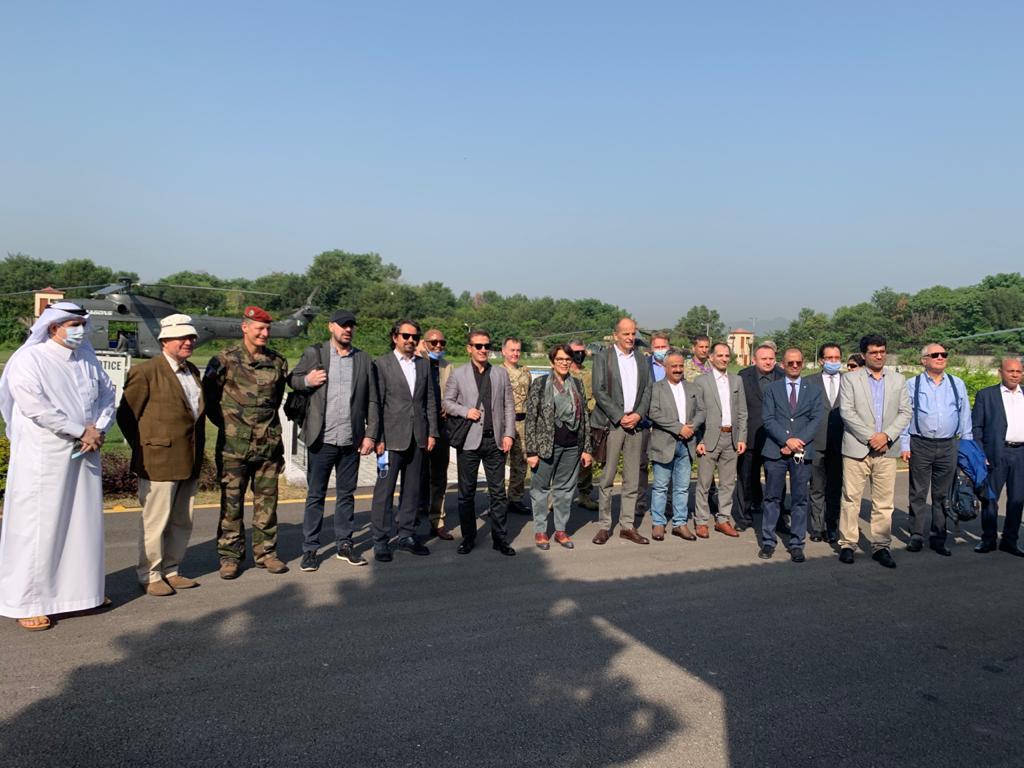
On the other hand, India never allowed such accesses or organised visits to the LoC. Even the Unmogip’s mandatory visits had not been allowed, whereas journalists from international media organisations had been arrested for covering the situation in Indian Illegally Occupied Jammu and Kashmir (IIOJK).
The delegation that visited the LoC included representatives from Azerbaijan, Bosnia and Herzegovina, European Union (EU), Portugal, Saudi Arabia, South Africa, Turkey, Palestine, Greece, Australia, Iran, Kyrgyzstan, Iraq, UK, Italy, Poland, Uzbekistan, Germany, Switzerland, France, Egypt, Libya, Yemen, Afghanistan and the World Food Programme.

In July, international media had visited the LoC in Chirikot sector and interacted with the victims of continued Indian ceasefire violations and witnessed the situation along the de facto border between the nuclear-armed neighbours.
During the visit, the international media was shown areas in Poonch sector towards the Indian side from where the Indian troops deliberately targeted civilian population with heavy weapons, mortars; cluster ammunition was also used in various sectors of the LoC, which was against all international conventions.
The international media personnel also witnessed military posts deployed along the LoC eyeball-to-eyeball. The journalists were shown the Indian surveillance grid and obstacle system along the LoC, having a three to four kilometre anti-infiltration depth from the LoC.

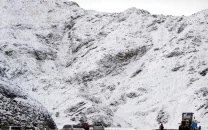
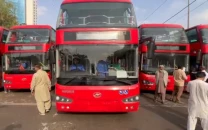
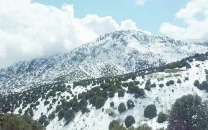
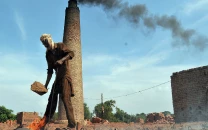
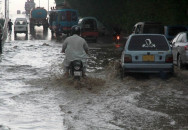
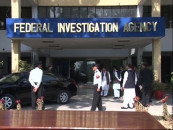





1726134115-0/BeFunk_-(41)1726134115-0-208x130.webp)






COMMENTS
Comments are moderated and generally will be posted if they are on-topic and not abusive.
For more information, please see our Comments FAQ